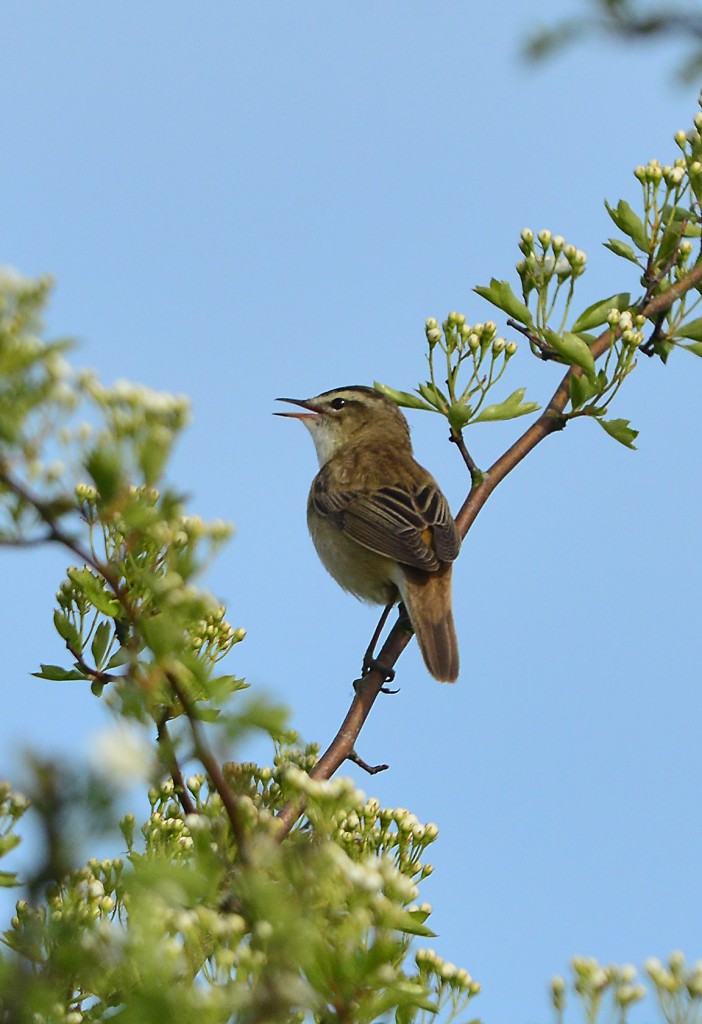Displaying sedge warbler and visiting turtle dove

Paul Steven’s weekly Wildlife Sightings column appears in the Chichester Observer, the Littlehampton Gazette, the Bognor Regis Observer, the Shoreham Herald and the Worthing Herald.
May 6: LAST SUNDAY I watched a male sedge warbler displaying between the scrub near the long path and the willow trees. He was really putting on a show, singing constantly and loudly while perching, then taking short fluttery display flights between the two trees. According to the British Sound Library the trills and warblers of the sedge warbler are one the most complex bird songs known to science. The different types of notes are endlessly recombined so that no two sedge warbler songs ever sound the same.

On the willow outside the Scrape hide a great tit with a beakful of food disappear into a nest box to feed youngsters. From inside the hide I see a blue tit enter the dormouse nesting box that sits directly outside the side window. I often come upon blue tit nests when I do my monthly dormouse nest box surveys in spring and summer.
We were excited by WWT guide Russ Toft’s report of a turtle dove in our reedbed last Saturday. Turtle doves have been declining in the UK since a peak in the late 1960’s and are now a red list species. Sadly the species is so under threat that the RSPB thnks the dove may be extinct by 2020. They are the smallest dove in Europe and the their gentle ‘turrr turr’ call gives them their name. This bird would have been stopping over on its way to look for dry, open woodland to nest in. Turtle doves visit Sussex bewteen April and September.
There has only been a few sand martin sightings on the reserve so far this spring. Reports say that stormy weather in Spain and Southern France have held up the hirundine’s migration this year so we are still hopeful that some young ones will still arrive to check out our nesting banks in the hide to start a new colony. We will continue to play the soundtrack of a sand martin colony and keep the windows shut until the end of May.
I have usually spotted a swift or two on the reserve by now in other years. We do have some swallows nesting in our hides and out buildings. A pair of swallows has been rebuilding the nest they used last spring high in the roof of Wetlands Secrets building.